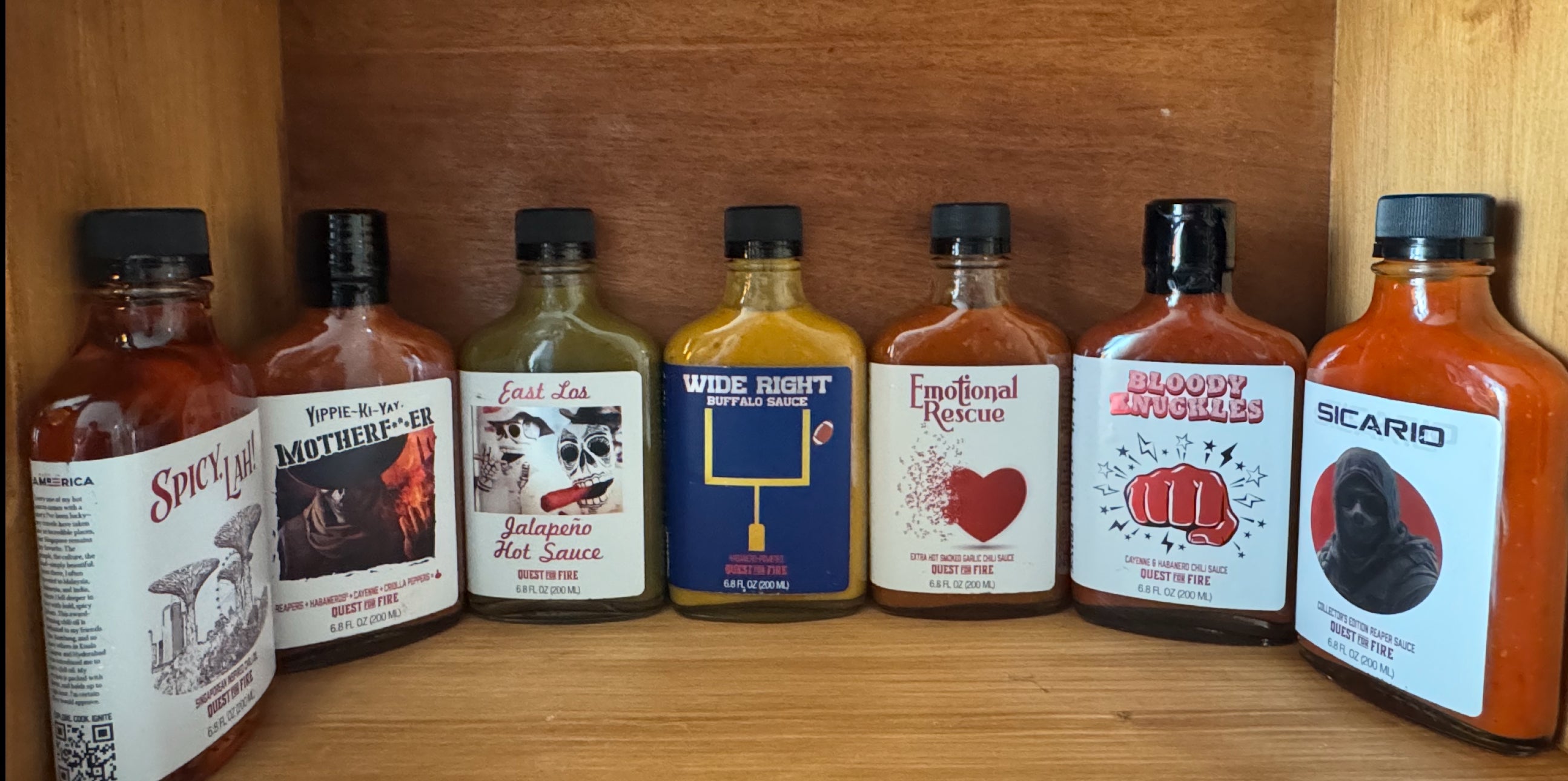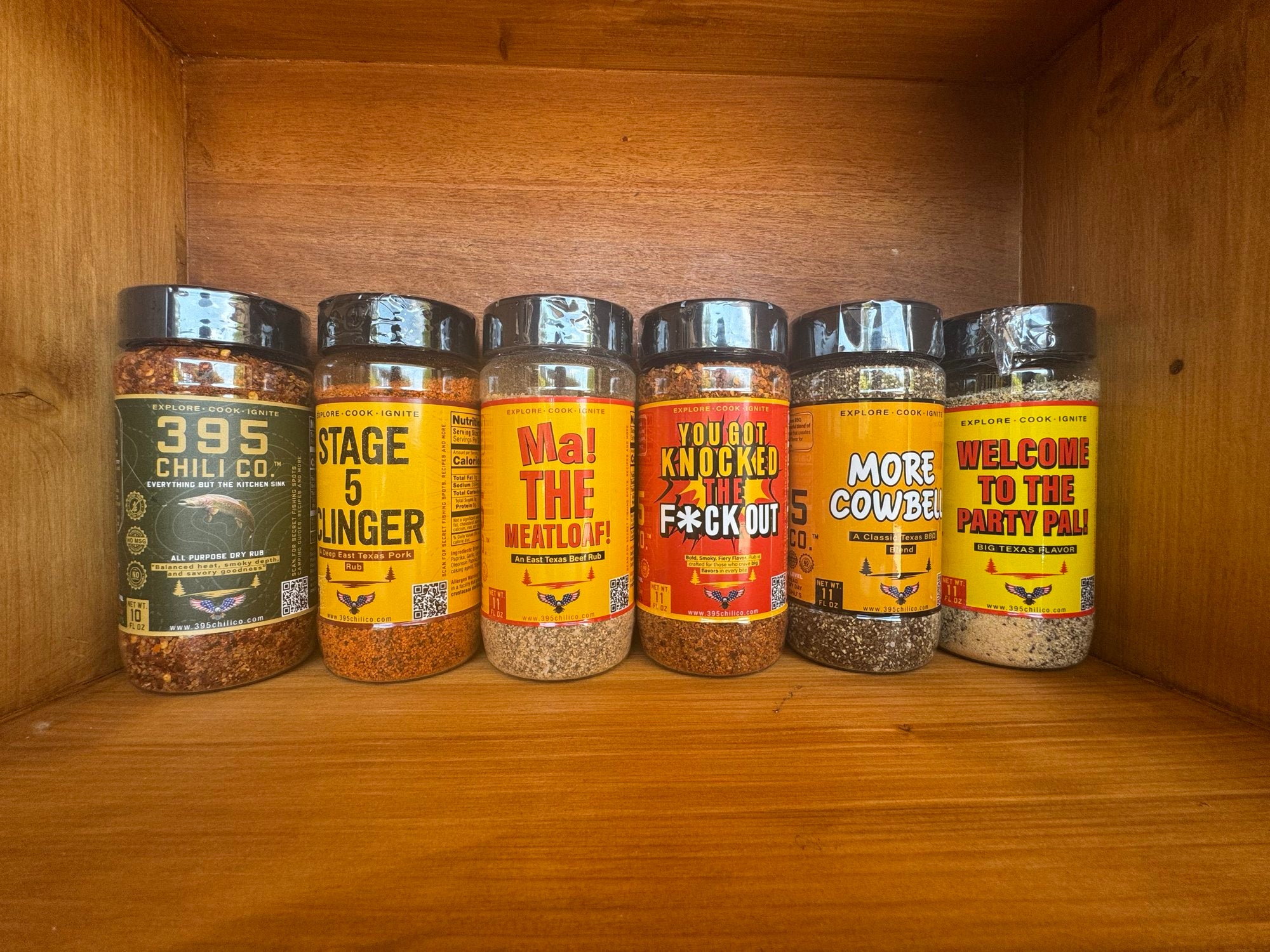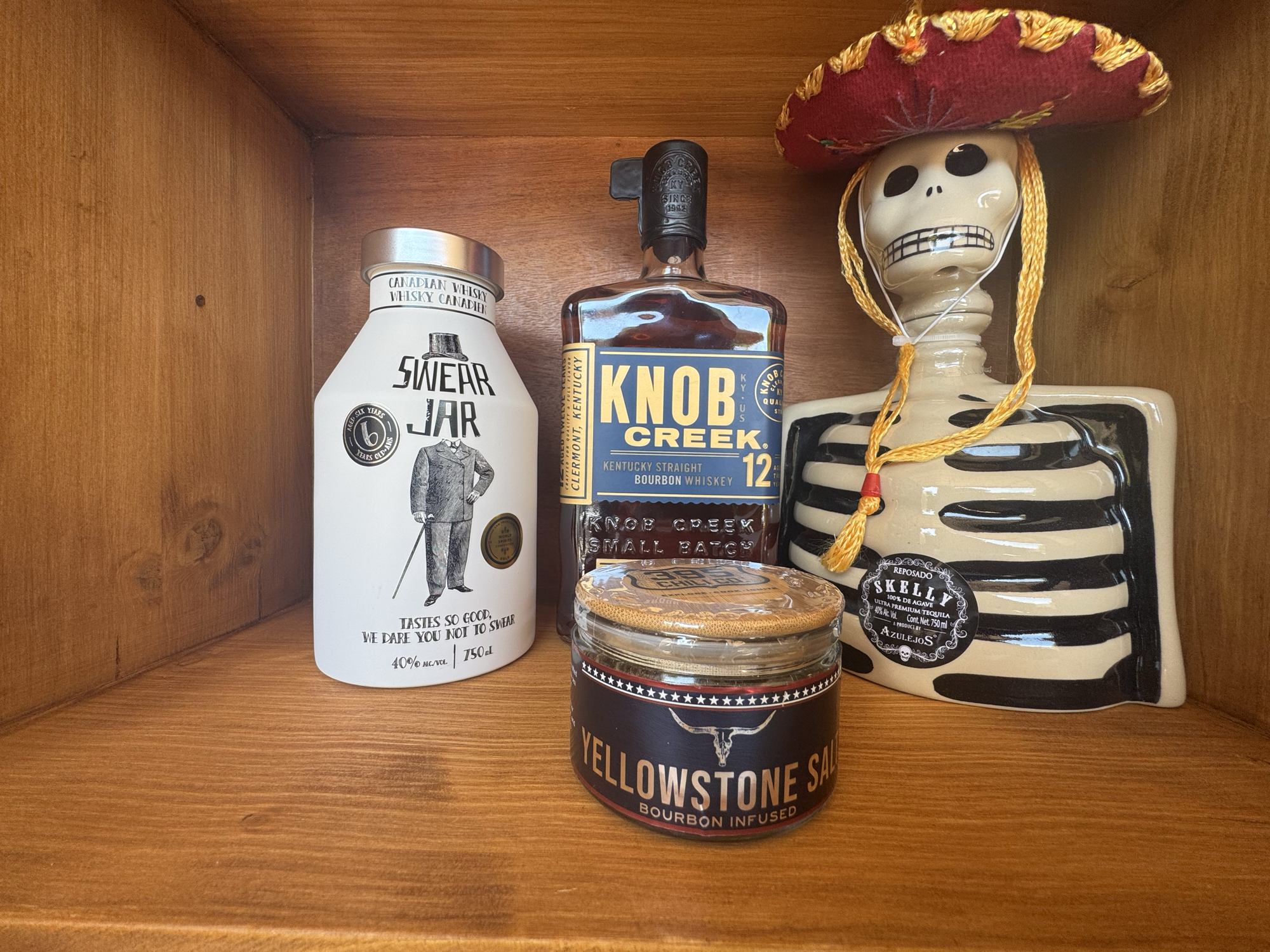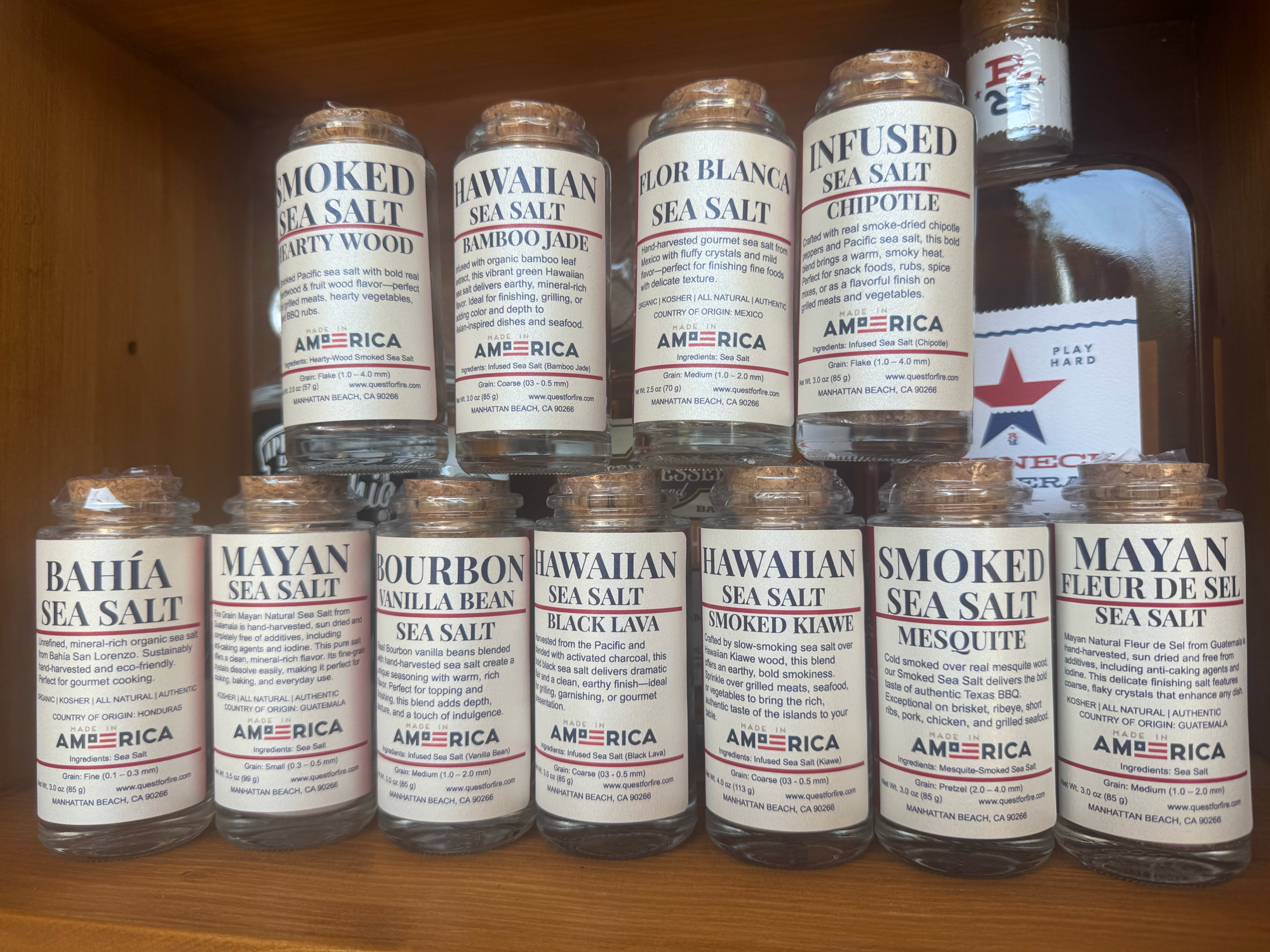The History & Science of Hot Sauce: From Ancient Peppers to Today’s Trends
Hot sauce isn’t just a condiment—it’s a global phenomenon that has evolved over thousands of years. From the ancient civilizations that first cultivated chili peppers to today’s booming craft hot sauce industry, spicy food lovers have been chasing the heat for centuries.
In this article, we’ll dive deep into:
✅ The ancient origins of hot sauce
✅ How the Scoville Scale measures heat
✅ The science behind why we love spicy food
✅ The evolution of modern hot sauces & trends
Let’s turn up the heat! 🔥
🌶 The Ancient Origins of Hot Sauce
🔥 Chili Peppers: The Spice That Changed the World
Chili peppers have been cultivated for over 6,000 years, with Central and South America being the epicenter of their origin. The Aztecs, Mayans, and Incas used chili peppers in cooking, medicine, and even spiritual rituals.
How did chili peppers spread worldwide?
🔹 Christopher Columbus introduced them to Europe in the 1490s
🔹 Portuguese traders brought them to India, Thailand, and China
🔹 Peppers quickly became a staple in global cuisines
🔥 The First Hot Sauces
The earliest hot sauces were simple blends of crushed chili peppers, water, and salt. By the 1800s, fermented chili sauces gained popularity, and Louisiana-style hot sauce (vinegar-based) emerged as a dominant style.
🌎 Notable Early Hot Sauces:
✔ Mexico – Salsa Macha, traditional moles with chili infusions
✔ China – Chili oil-based sauces like Lao Gan Ma
✔ Caribbean – Scotch Bonnet-based Pique Sauce
✔ India – Spicy chutneys & pepper-based curries
🌡 The Science Behind Spicy Food: Why We Love the Burn
Ever wondered why spicy food makes your mouth burn, but you still crave more? It’s all thanks to capsaicin, the active compound in chili peppers.
🔥 How Capsaicin Works
✔ Capsaicin binds to pain receptors in your mouth (TRPV1 receptors)
✔ Your brain thinks it’s burning and releases endorphins & dopamine
✔ This creates a "spicy high"—a rush of pleasure & mild pain relief
✔ Over time, you build spice tolerance, requiring hotter foods to feel the same effect
Fun Fact: 🔥 Birds are immune to capsaicin, which is why they can eat the hottest peppers without feeling the burn!
🌶 The Scoville Scale: Measuring the Heat of Hot Sauce
The Scoville Heat Unit (SHU) Scale measures chili pepper spiciness based on capsaicin concentration.
| Scoville Heat Level | Chili Pepper / Hot Sauce | Country of Origin |
|---|---|---|
| 0 SHU | Bell Pepper | Global |
| 1,000 - 2,500 SHU | Poblano Pepper | Mexico |
| 5,000 - 15,000 SHU | Serrano Pepper | Mexico |
| 30,000 - 50,000 SHU | Cayenne Pepper | USA, India |
| 100,000 - 350,000 SHU | Habanero, Scotch Bonnet | Mexico, Caribbean |
| 350,000 - 1,000,000 SHU | Ghost Pepper (Bhut Jolokia) | India |
| 2,200,000+ SHU | Carolina Reaper | USA |
🔥 Fun Fact: The Carolina Reaper is the world’s hottest pepper, measuring over 2.2 million SHU!
🌍 The Evolution of Hot Sauce: Regional Styles & Global Impact
🔥 Classic Hot Sauce Styles
🌶 Mexican-Style Hot Sauces
✔ Salsa Roja, Salsa Verde, Salsa Macha
✔ Made with fresh chilies, tomatillos, vinegar, and spices
🌶 Louisiana-Style Hot Sauce
✔ Tabasco, Crystal, and Texas Pete
✔ Made with aged cayenne peppers, vinegar, and salt
🌶 Caribbean-Style Hot Sauce
✔ Scotch Bonnet-based, fruit-infused (like mango or papaya)
✔ Sweet-heat blends like Pique Sauce
🌶 Asian-Style Hot Sauces
✔ Sriracha (Thailand), Sambal Oelek (Indonesia), Gochujang (Korea)
✔ Fermented and complex flavors
🌶 Extreme Heat Craft Hot Sauces
✔ Small-batch artisan sauces using Ghost Peppers, Carolina Reapers
✔ Often include smoked, fermented, or aged flavors
🔥 Trend Alert: More people are seeking fermented hot sauces and exotic chili blends, fueling the craft hot sauce revolution!
🔥 Modern Hot Sauce Trends: What’s Next?
🔥 1. Fermented Hot Sauces – Deeper umami flavors & probiotic benefits
🔥 2. Super-Hot Peppers – The rise of Scorpion & Reaper-based sauces
🔥 3. Sweet-Heat Combinations – Mango-Habanero, Pineapple-Chili blends
🔥 4. Global Flavors – Inspired by Korean gochujang, Indian chutneys, and African peri-peri
🔥 5. Health Benefits – Hot sauce as a metabolism booster & immunity support
🌶 Final Thoughts: Hot Sauce is Here to Stay!
From the ancient Mayans to modern hot sauce artisans, one thing is clear: humans love the burn. Whether you’re a mild-heat fan or an extreme heat seeker, there’s a perfect hot sauce for you.
🔥 Want to explore handcrafted hot sauces? Check out our collection of bold, small-batch sauces, from mild to mind-blowing heat! 🚀🔥
Keywords
✔ History of hot sauce
✔ How is hot sauce made?
✔ Why do we love spicy food?
✔ Scoville Scale hot sauce guide
✔ Best hot sauces in the world
✔ What makes hot sauce spicy?
✔ Fermented hot sauce trend
✔ Craft hot sauces vs. commercial brands




